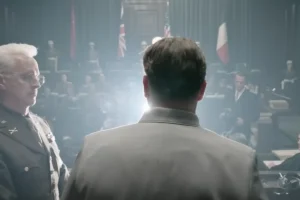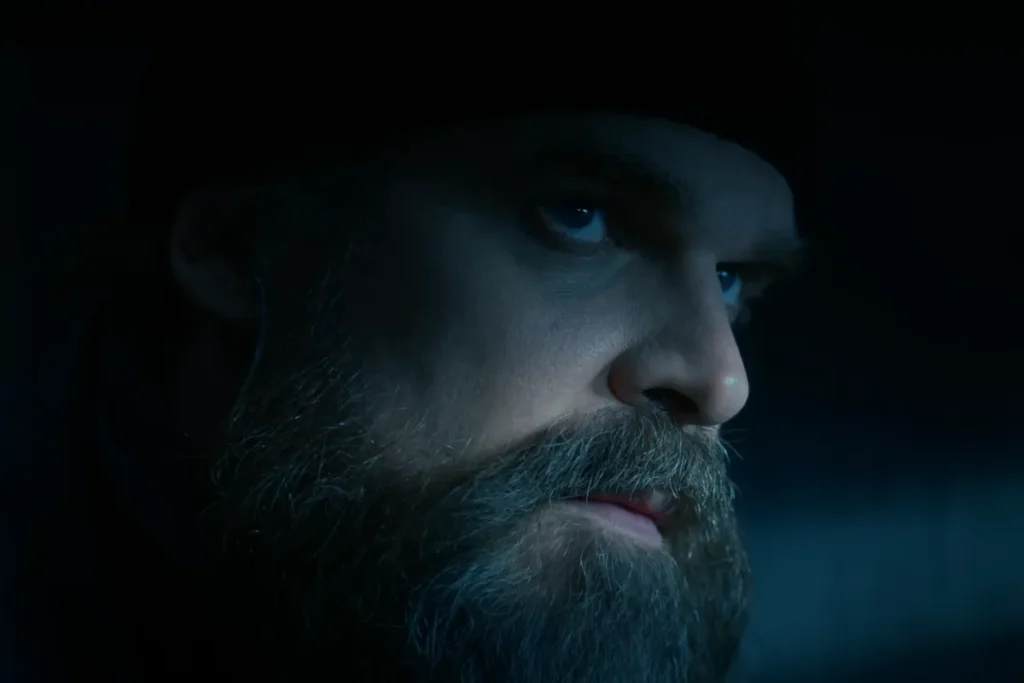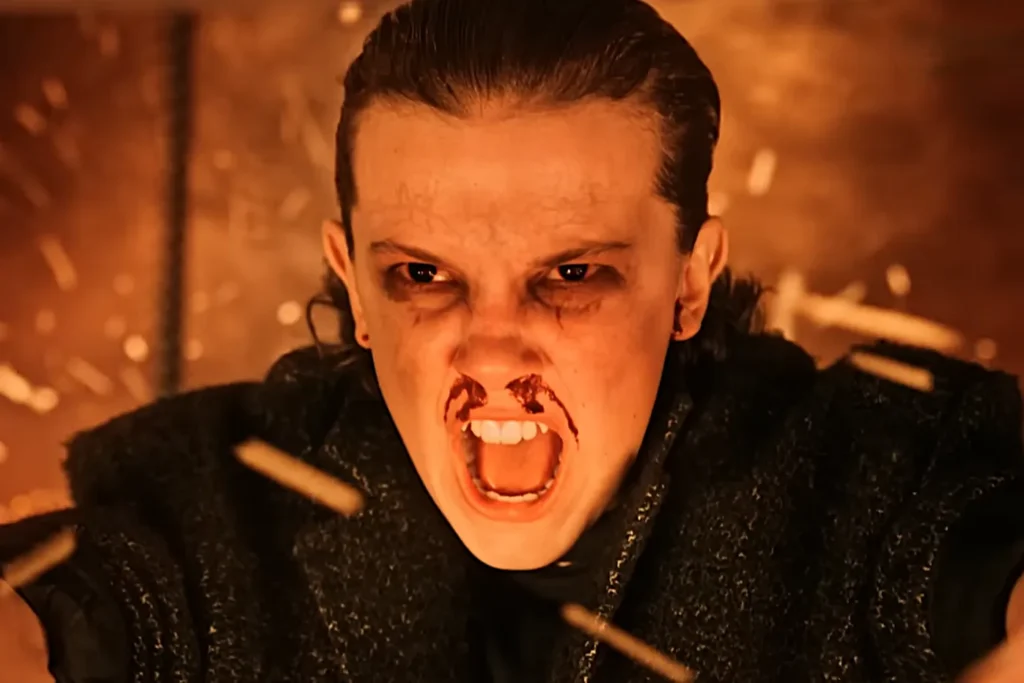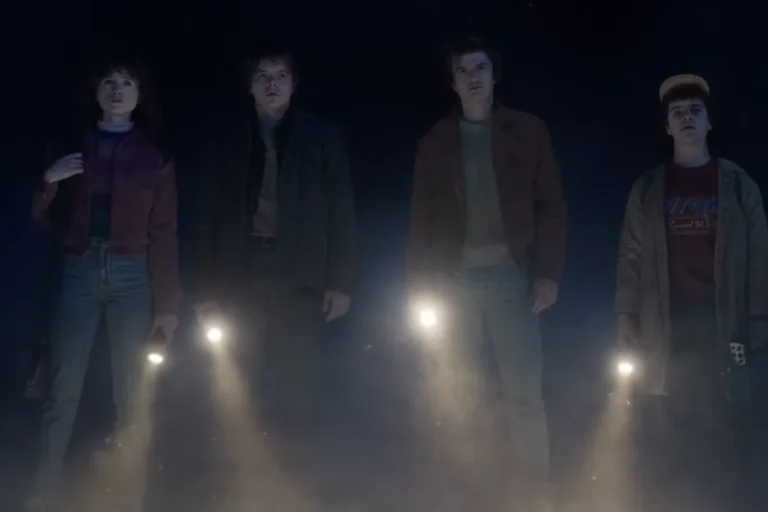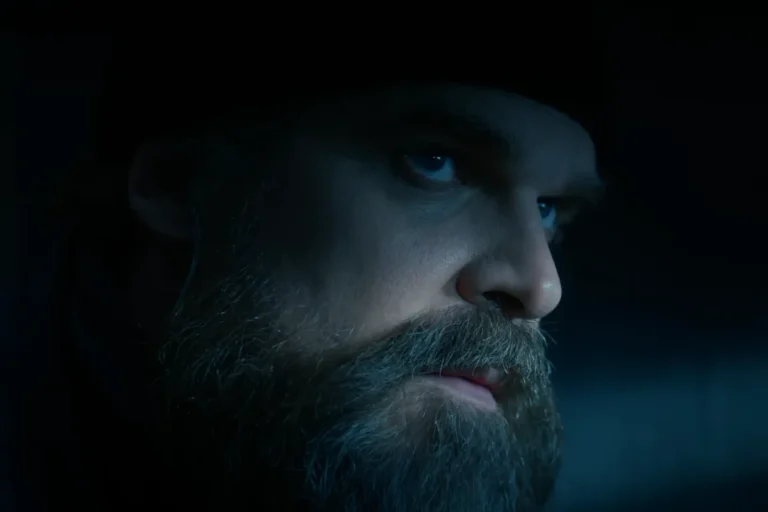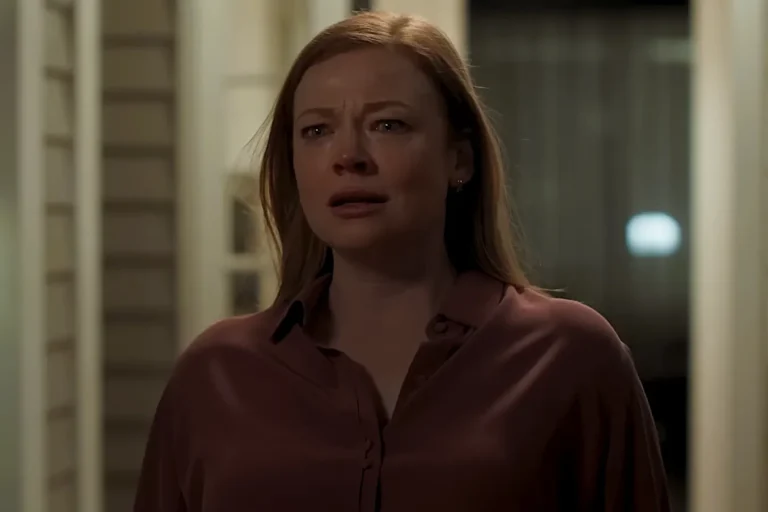Summary:
- Gallaudet University students led an eight-day protest in 1988 demanding a deaf president.
- The Deaf President Now! documentary revisits the movement’s origins and lasting legacy.
- The Apple TV+ film premieres on May 17, 2025, directed by Nyle DiMarco and Davis Guggenheim.
In 1988, students at Gallaudet University initiated a historic protest demanding leadership that reflected their lived experience. The eight-day movement, known as Deaf President Now, led to the appointment of the university’s first deaf president and influenced national disability rights. A new documentary on Apple TV+ revisits this pivotal moment to educate and inspire a new generation.
How Did the Deaf President Now Protest Begin?

The Deaf President Now protest began when Gallaudet University’s board of trustees selected a hearing candidate, Elisabeth Zinser, as president despite having qualified deaf applicants. This sparked frustration among the student body, especially Bridgetta Bourne-Firl, Jerry Covell, Greg Hlibok, and Tim Rarus. The students, supported by faculty and alumni, organized rallies, shut down the campus, and demanded the appointment of a deaf president.
The protest, which lasted eight days, gained national media attention and culminated in Zinser’s resignation. I. King Jordan, one of the deaf candidates initially overlooked, was named the university’s first deaf president. The demonstration marked a turning point in deaf civil rights and is widely seen as a contributing factor to the eventual signing of the Americans With Disabilities Act in 1990.
READ MORE: Final Destination Bloodlines Who Is William Bludworth
What Does the Deaf President Now Documentary Reveal?

Premiering on May 17, 2025, on Apple TV+, Deaf President Now! is co-directed by Nyle DiMarco and Davis Guggenheim. The documentary uses archival footage and first-person interviews to capture the raw emotion and strategic planning that defined the movement. It follows the four student leaders and their evolving roles in the protest.
DiMarco, a Gallaudet alum and fourth-generation deaf activist, spearheaded the project to preserve the movement’s legacy. Initially conceived as a scripted project, the creative team shifted to documentary format to authentically represent the events. The production involved over 40 deaf crew members, ensuring accurate and respectful storytelling.
Through rarely seen footage and deeply personal interviews, the film details the internal conflicts among the protest leaders, their interactions with the university board, and the cultural significance of electing a deaf president. It also highlights moments like Greg Hlibok’s televised debate on Nightline, where he firmly rejected compromise with the board, stating that the deaf community had conceded long enough.
READ MORE: Why Are There Two John Cenas in Peacemaker Season 2
Why Is the Deaf President Now Movement Still Relevant Today?
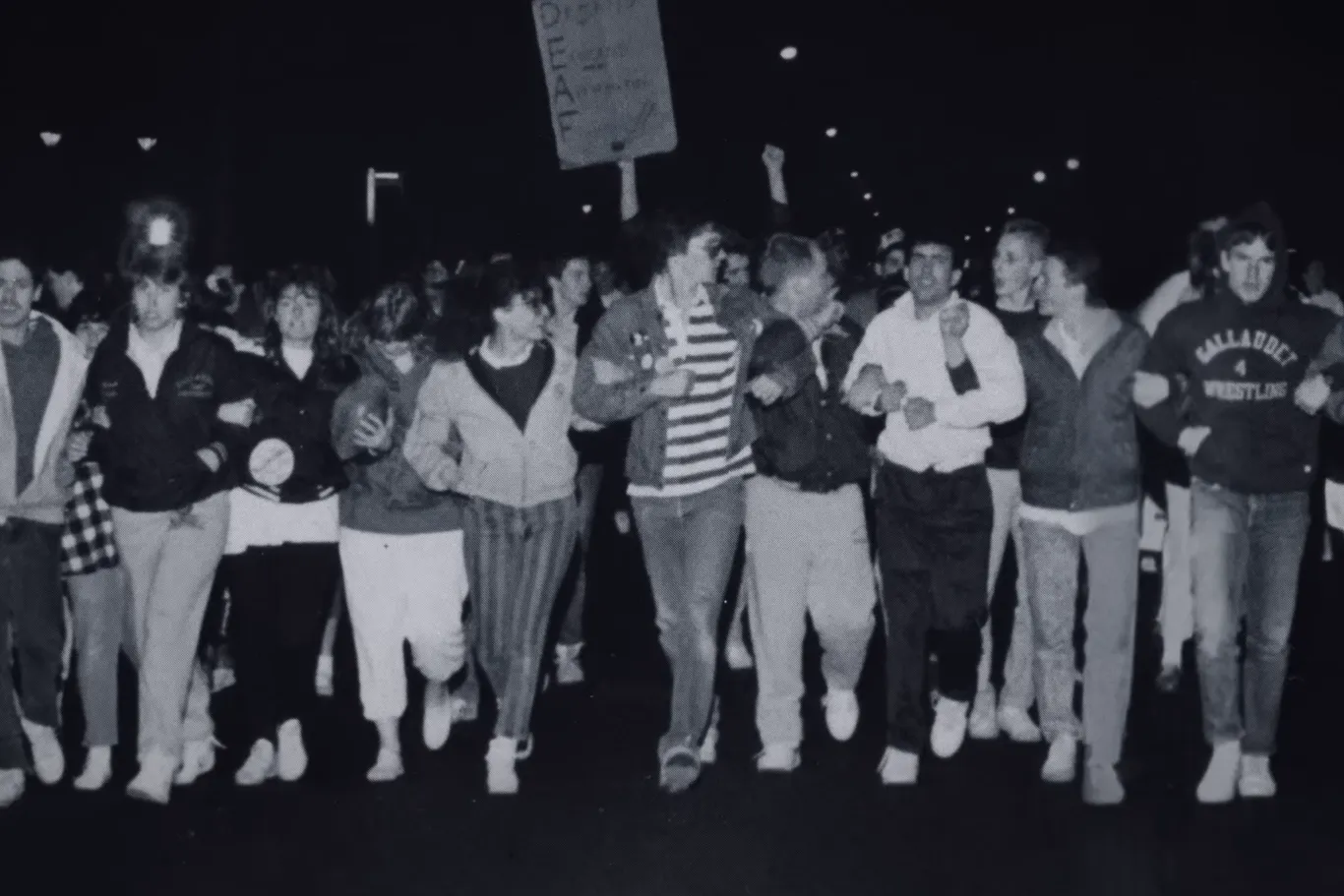
The themes of representation, activism, and community solidarity in Deaf President Now! remain highly relevant in today’s polarized world. The documentary explores generational perspectives within the deaf community, showing how even family members initially disagreed on the protest’s necessity. Over time, those opposing views shifted, emphasizing the power of persistent advocacy.
Student leader Jerry Covell’s emotional arc, Bourne-Firl’s efforts to maintain gender inclusivity, and the visible tension in the group all serve to highlight the complex dynamics behind successful movements. Even I. King Jordan’s initial reluctance and eventual support demonstrate the personal and political stakes involved.
Filmmakers DiMarco and Guggenheim emphasize that the protest model shown in the film—firm, clear, and respectful—can guide today’s student and civil rights activism. The documentary urges viewers to recognize the fragility of progress. As Hlibok notes, rights earned through struggle can be lost quickly if not protected.
READ MORE: Godfather of Harlem Season 4 Complete Soundtrack
What Is the Legacy of Deaf President Now?

The success of the Deaf President Now movement did more than change leadership at Gallaudet. It redefined what inclusion looks like in education and leadership for the deaf and hard-of-hearing communities. It inspired legislative change and empowered future generations to advocate for representation.
This new documentary ensures that the legacy continues. As young viewers watch the determination and strategic unity of the Gallaudet students, they are reminded that change is possible. The film not only memorializes a critical moment in deaf history but also functions as a manual for organizing and protest in today’s world.
Source: The Washington Post
Stay updated with the Latest News and Stories, follow us on our social media platforms.
You can follow us on:
Stay Connected!! Join our Whatsapp Channel




